I've always enjoyed learning new things, but the moment I started messing around in Blender a little over a year ago, I knew I'd found something special. My first six months of learning was spent stumbling around the application and in various YouTube channels to piece together the first set of my NFT art project idea Fifth Spatial which I successfully launched at the end of July in 2023.
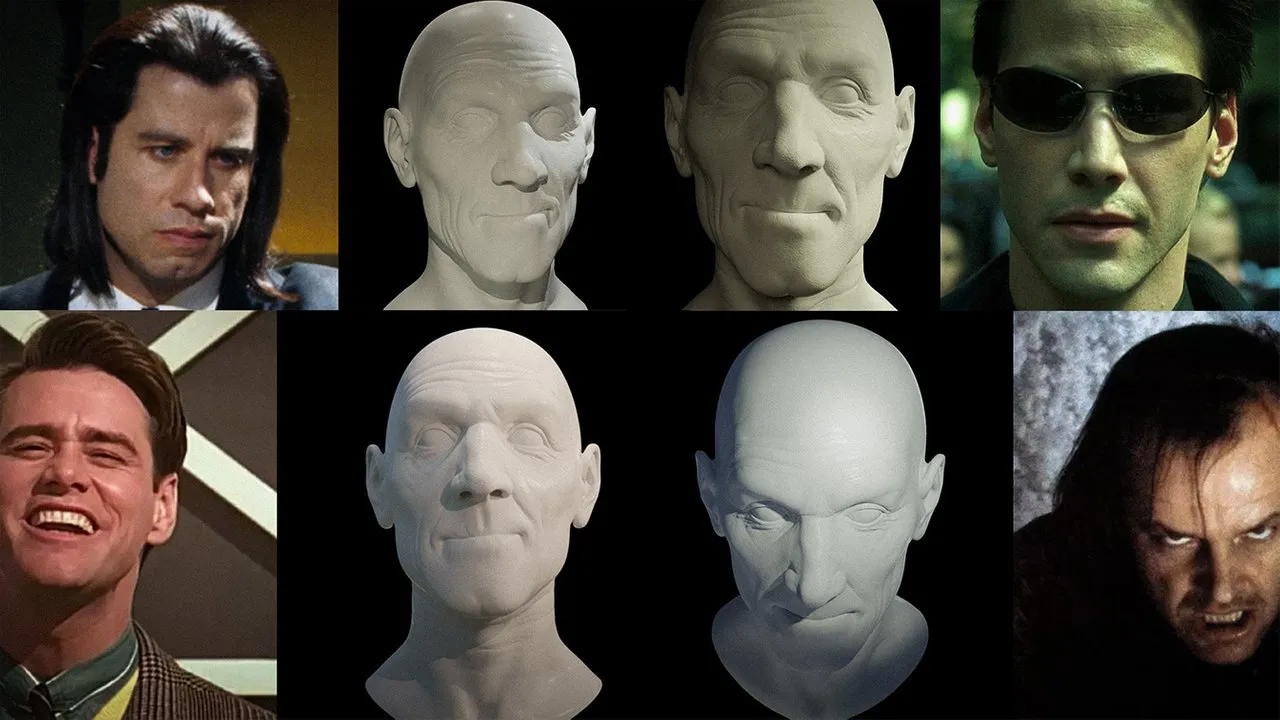
Learning the Fundamentals
With the first set of my collection out, I knew I wanted to gain a deeper understanding of the software, and figured the most effective way to do that was to pay for a course made by professionals, instead of from YT amateurs. After some research, I landed on the company/service CGcookie.com. A choice I have not regretted - there's just so much tiny details and contextual explanations that you miss in the free courses. Sure, you can work it out by yourself without paying, but it's likely to take you a lot longer.
6 months later, I'm still working through the fundamentals, though I've had several side-tracks like the pretty comprehensive Mesh Modeling Bootcamp + endless hours of experimentation on my own.
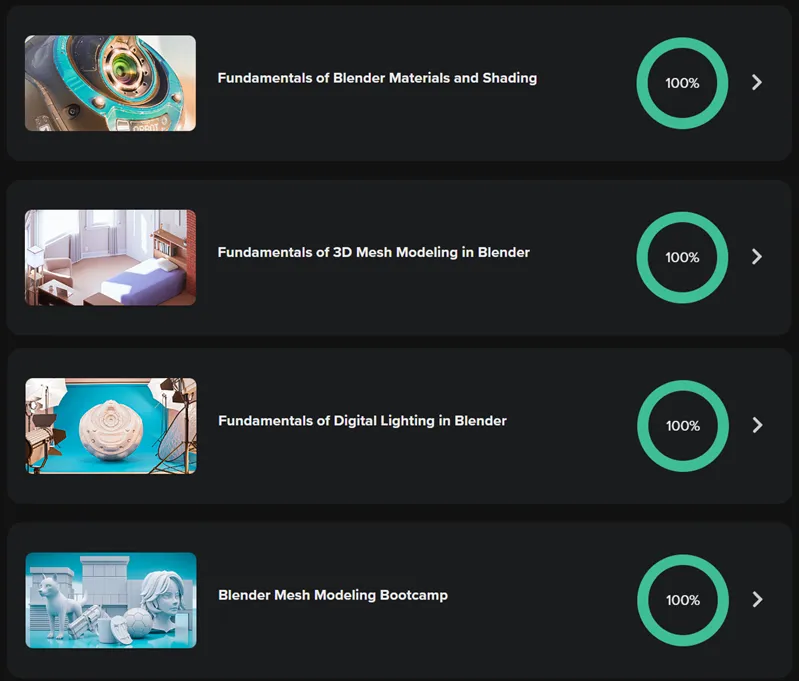
Fundamentals of Digital Lighting
For the past month I've been working through the Fundamentals of Digital Lighting course and as you can see it's quite comprehensive, totaling at 36 lessons and several hours of video content. At the end of the course there's a submission exercise that must receive a passing grade to complete the course.

The submission exercise
The submission exercise for this course was to select 4 movie scenes and attempt to replicate the lighting as closely as possible.
For my submission, I selected scenes from the following movies:
- The Matrix
- The Shining
- Truman Show
- Pulp Fiction
Here's a behind-the-scenes screenshot showing some of what's going on. Each motive that you will see below utilize between 6-10 lamps each to produce the desired result. The head model was provided as a practice subject by the course instructors, i.e. the head was not modeled by me.
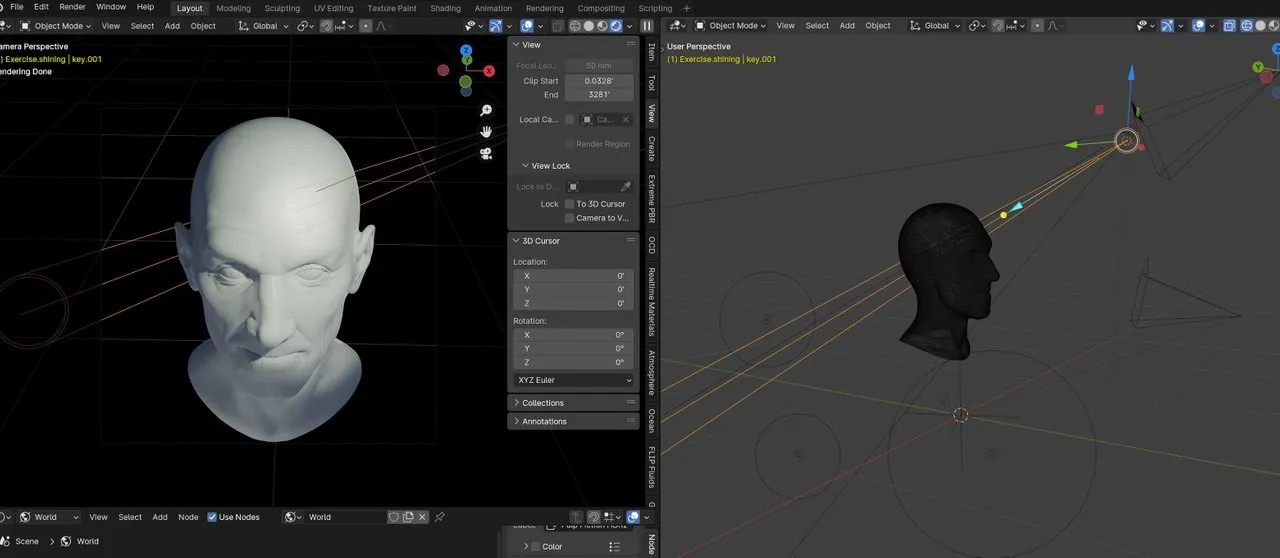
Results / hand-ins
Here are the four hand-ins I ended up submitting.
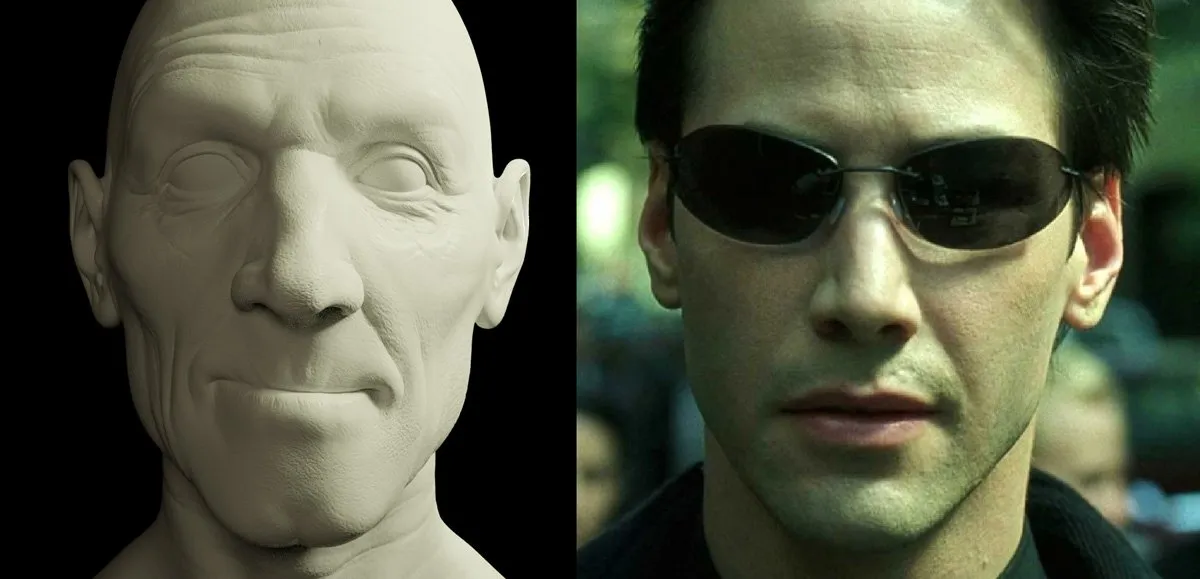
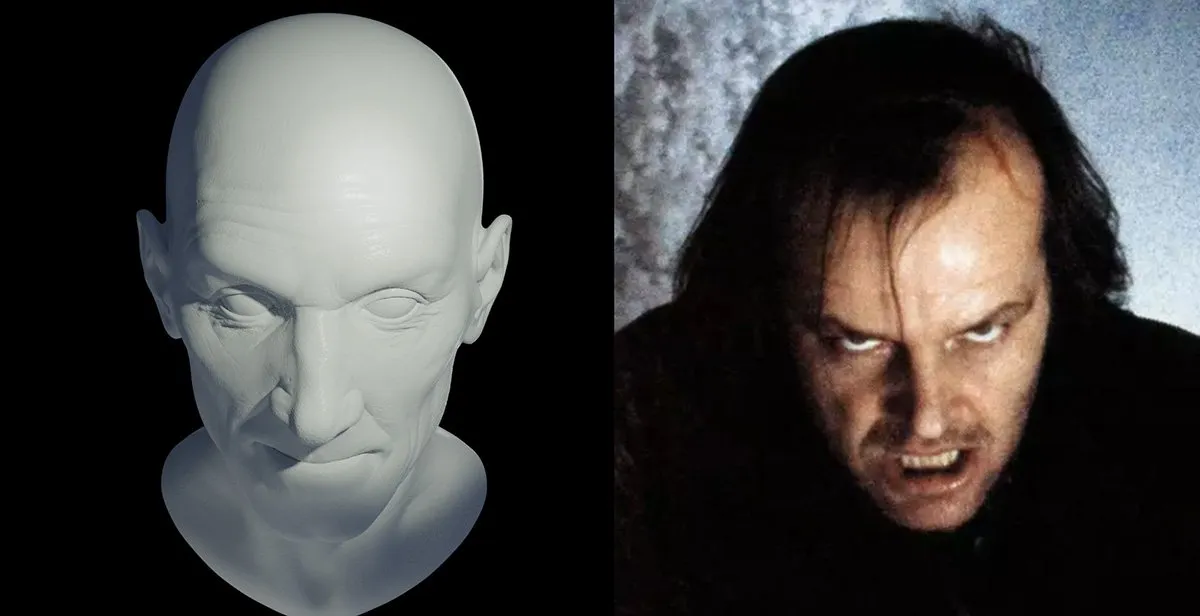
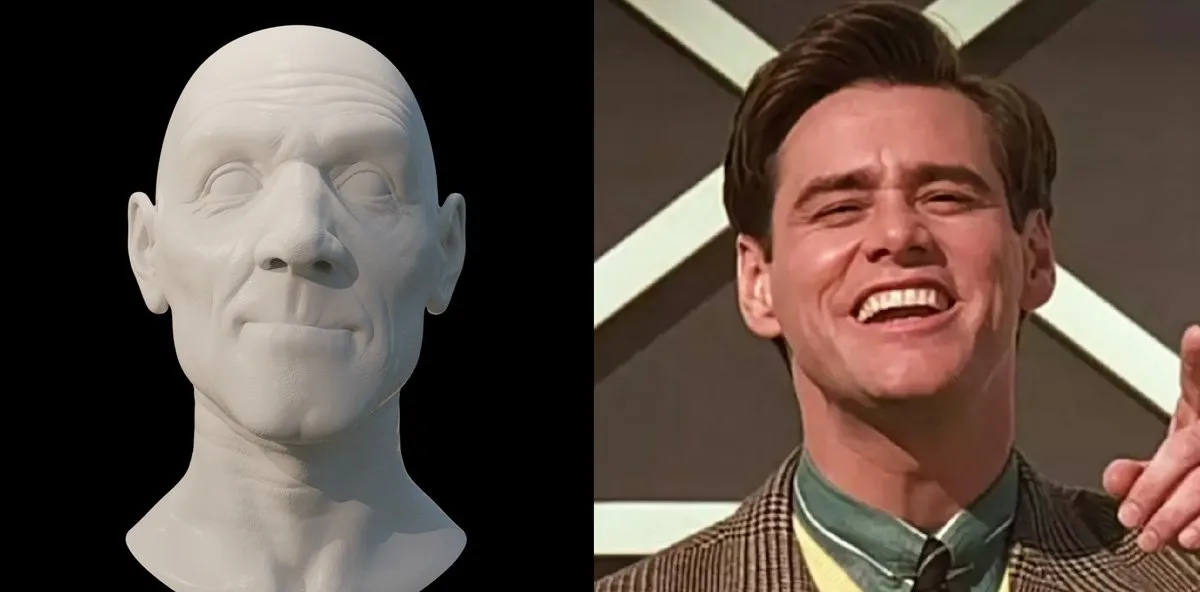
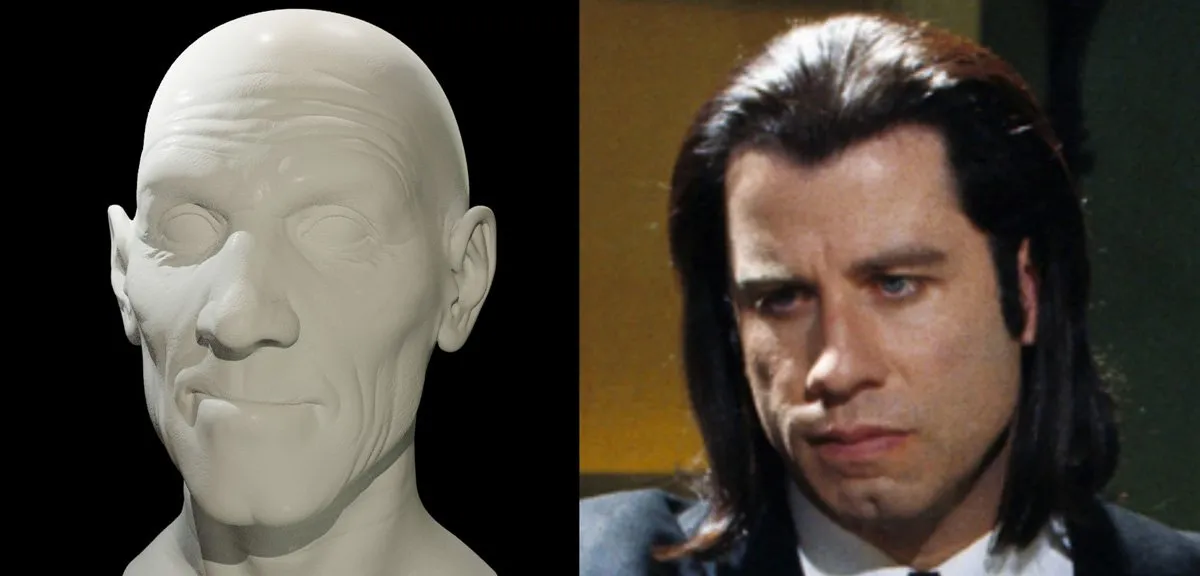
Wrap-up
I think this course was a particularly good one. I went from having no clue as to what I was doing to understanding the basics of and intentions for scene lighting, and the ability to place and set lamps with a degree of actual purpose.
But what do you think? Did I manage to successfully replicate the lighting in the chosen scenes, or do you have suggestions for improvements or just general feedback? Let me know your thoughts in the comments.
If you're looking for more, here's the link to the first post in this series, Mesh modeling exercises
What is Hive?
To learn more about Hive, this article is a good place to start: What is Hive?. If you don't already own a Hive account, click here to get one.